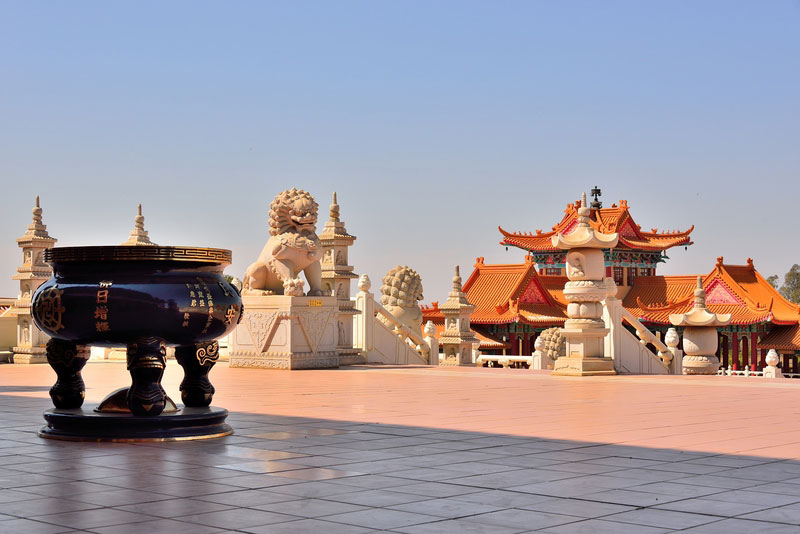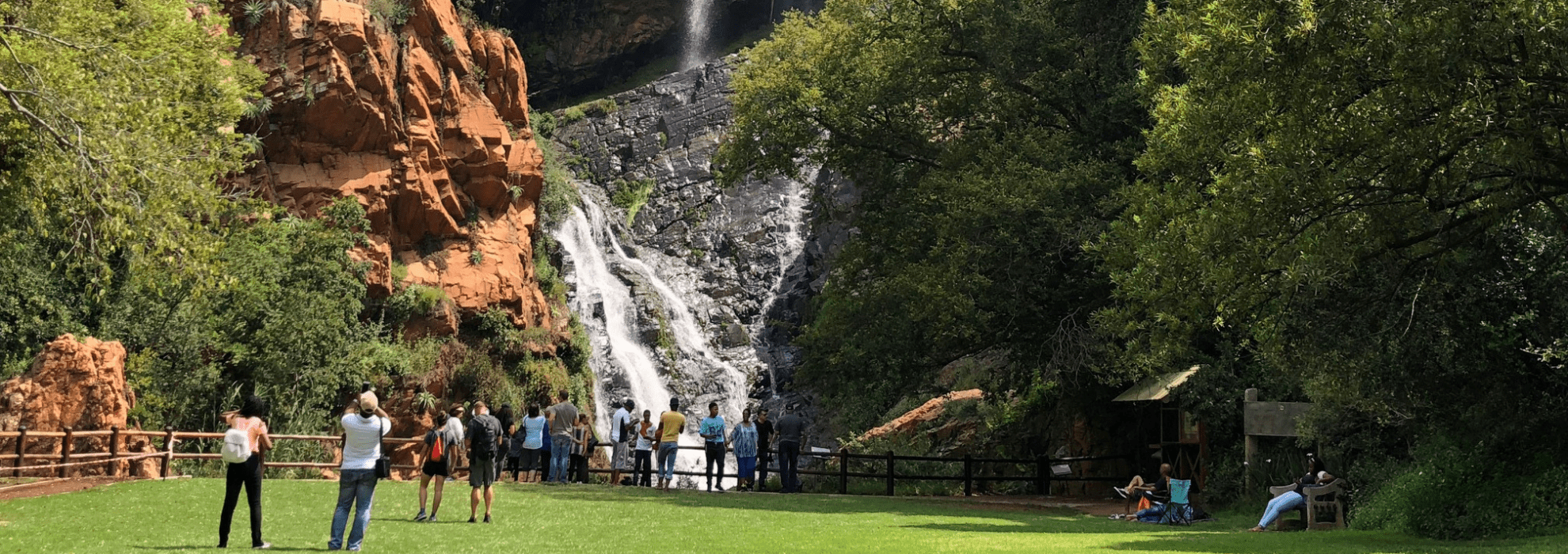About Johannesburg North Attractions
About Johannesburg North Attractions
Blog Article
The Best Strategy To Use For Johannesburg North Attractions
Table of ContentsUnknown Facts About Johannesburg North AttractionsSome Known Facts About Johannesburg North Attractions.More About Johannesburg North AttractionsA Biased View of Johannesburg North AttractionsJohannesburg North Attractions Can Be Fun For EveryoneThe Single Strategy To Use For Johannesburg North AttractionsThe Ultimate Guide To Johannesburg North Attractions
You ought to keep safety and security in mind and visitors must remain sharp at all times when in strange surroundings. Speak with the residents when you remain in town to discover the area you are remaining in. Johannesburg North attractions. When on the road (this doesn't use to shopping malls and other safe and secure atmospheres) best general guidance is to try your ideal to look like a neighborhood and to stay clear of showing any type of type of wide range
Some Known Factual Statements About Johannesburg North Attractions
Teacher Revil Mason O. J. (Thomson, 1946) checked out the Witwatersrand's pre-colonial history. His archaeological work took off the 'em pty land' misconception, according to which the area was without human habitation before the arrival of European settlers. In his magazines Prehistory of the Transvaal: A Record of Human Task (1962) and Beginnings of Black Individuals of Johannesburg and the Southern Western Central Transvaal AD 3501880 (1986 ), Professor Mason demonstrated the level of social and economic advancement in the area before Europeans established foot right here.

The Main Principles Of Johannesburg North Attractions
In 1878, David Wardrop located gold in quartz blood vessels at Zwartkop, north of Krugersdorp. In 1881, Stephanus Minnaar came across gold on the farm Kromdraai, near the Cradle of Mankind.
In March 1886, a protrusion (soon to be called the Main Reef) was discovered, fairly fortuitously, on Gerhardus Oosthuizen's farm Langlaagte. Some claim that the Lancastrian coal miner George Pedestrian discovered this reef. One more itinerant English miner, George Harrison (who had formerly operated in Australian mines) gotten a prospecting permit in regard of Langlaagte in May 1886.
He determined to go on in a quest for greener fields, and disposed of his Langlaagte claim for the baronial amount of 10. Alas: below lay the wealthiest goldfield ever before discovered. The discovery of this rich auriferous coral reef provoked a gold thrill that signified the end of bucolic serenity in the southern Transvaal.
It would, within 6 years, become the largest community in southerly Africa. Within a decade, it would make the Z. A. R. until then an anarchical and bankrupt little state the most affluent nation in Africa. By the turn of the century, the Z. A. R. was to go beyond Russia, Australia and the USA of America to helpful site come to be the globe's leading gold producer, creating more than a quarter of the globe's gold.
Johannesburg North Attractions Fundamentals Explained
It was recognized as Ferreira's Camp, called after Colonel Ignatius Ferreira. He was a Boer traveler upon whom the British authorities had presented the status of Companion of the A Lot Of Distinguished Order of St Michael and St George (entitling him to the post-nominal letters C. M. G.) in thankfulness for his function in the battle that had deposed the Pedi king Sekhukhune in 1879.
Two various other camps were developed: Meyer's Camp on the ranch Doornfontein, and Paarl Camp. The latter was nicknamed Afrikander Camp; many people from the Cape Swarm worked out there.

Johannesburg North Attractions Fundamentals Explained
This name obtained currency by word of mouth, such that the State Assistant affirmed the name to the Mining Commissioner on 9 October 1886. Stands in the village were auctioned on 8 December 1886. While some stands were sold for 10, anchor others were knocked down for as low as sixpence.
2 years later, these erven were to alter hands for as high as 750 each. The tented camps diminished as a dorp of corrugated iron structures developed and increased north of the mines located along the Key Coral Reef Road. Areas such as Jeppe's Town (where working-class immigrants erected their dwellings) and Doornfontein (where the wealthy brand-new 'Randlords' began to create their luxurious residences) were quickly included in the ever-expanding map of the town.
Things about Johannesburg North Attractions
Besides the street names, there were no signs of Johannesburg being situated in a Dutch-speaking nation. Several years later, C. W. Kearns O. J. (one of the very first young boys signed up at St John's University in 1898) would recall: 'A strange truth about Johannesburg was that, although it remained in the [Boer Republic], almost every person spoke English and even the Federal government slaves addressed one in English, unless they were initial attended to in the Taal (or Reduced Dutch)'.
As such, Britain had an interest in making sure optimum problems for gold manufacturing on the Witwatersrand, which the gold was exported to London instead than Berlin an important rendered even more clamant by the Z. A. R - Johannesburg North attractions.'s increasing toenadering with Germany. Mine owners were on a crash training course with Head of state Kruger, whose policy of monopolistic concessions (often provided to his cronies) protected against mining companies from acquiring products of products (specifically dynamite) and labour on their very own, cheaper terms
Not known Facts About Johannesburg North Attractions
In 1890, the Volksraad had actually limited the franchise to white men that had lived in the Z. A. R. for fourteen years or longer, hence disqualifying a lot of the immigrants (that happened to be the significant factors to the fiscus). Anxiety for the ballot was a plain pretense for advertising a various more info here program; many uitlanders concerned themselves as momentary site visitors and had no intent of remaining in the Z.
Report this page